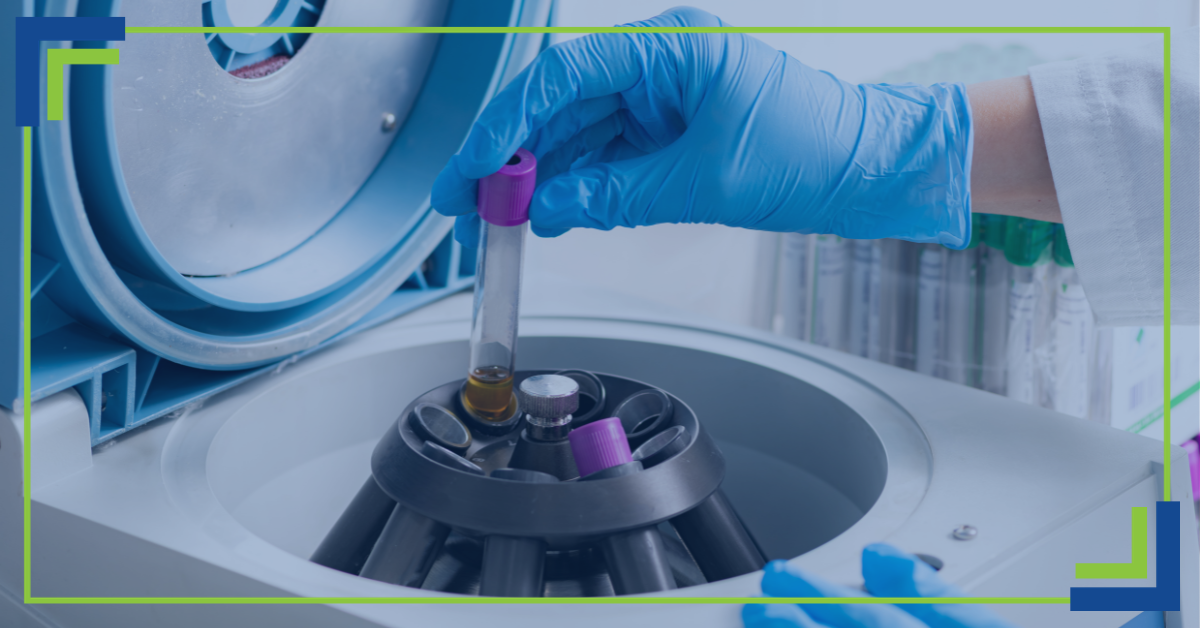
Centrifuges are devices that can spin objects at high speeds in order to separate their components. This incredible tool has played an important role in various fields for many years. Let’s travel back through time and explore their fascinating history.
Early Beginnings
In 1864, Antonin Prandtl invented a type of centrifuge machine to separate cream from milk in a dairy. In 1869, Swiss biologist and physician Friedrich Miescher built upon Prandtl’s invention. He became the first person to apply the principle of centrifugation in the lab.
However, the first truly continuous separating centrifugation product was developed by Gustaf de Laval. He took Prandt’s design and added turbines to it. In 1878 he and Oskar Lamm used that technology to patent a milk separator with one pipe for cream and another for milk. The principles of continuous centrifugation are still used today.
World War II
During World War II, centrifuges took on a new, darker role. They became invaluable tools in wartime research, specifically the Manhattan Project. They were used to separate isotopes, a crucial step in the creation of the atomic bomb.
Medical and Scientific Advancements
As time went on, centrifuges made their way into the world of healthcare and scientific research. Centrifugation became crucial for tasks like blood separation, which is essential in diagnostics and treatment. In many laboratories, this tool still plays an important role in separating and analyzing substances, driving revolutionary scientific discoveries.
Modern Applications
Today, centrifuges have made their way into the fields of biology and food production. According to Science Direct, they are “One of the most useful and frequently employed techniques in the molecular biology laboratory” (Stephenson). In biology, they’re used to separate DNA, proteins, and cells, creating advancements in genetic research and disease diagnostics. In the food industry, they continue to be used to separate solid from liquid components, making processes like olive oil extraction and beer brewing more efficient. As technology has advanced, they have become faster, safer, and more accurate.
Conclusion
Centrifuges have come a long way from their early beginnings as mere spinning devices. They have left a lasting impact on various fields, from the arms races of World War II to today’s cutting-edge laboratories. Their relevance and importance remain strong and continue to grow, making them an indispensable tool in the modern world. For more information on how they can be best utilized in your lab, reach out to BaneBio!
Works Cited
Stephenson, Frank H. “Calculations for Molecular Biology and Biotechnology (Third Edition).” 2016, ScienceDirect, https://www.sciencedirect.com/topics/biochemistry-genetics-and-molecular-biology/centrifugation#:~:text=molecular%20biology%20laboratory.-,Centrifugation%20is%20used%20to%20collect%20cells%2C%20to%20precipitate%20DNA%2C%20to,using%20a%20variety%20of%20rotors

